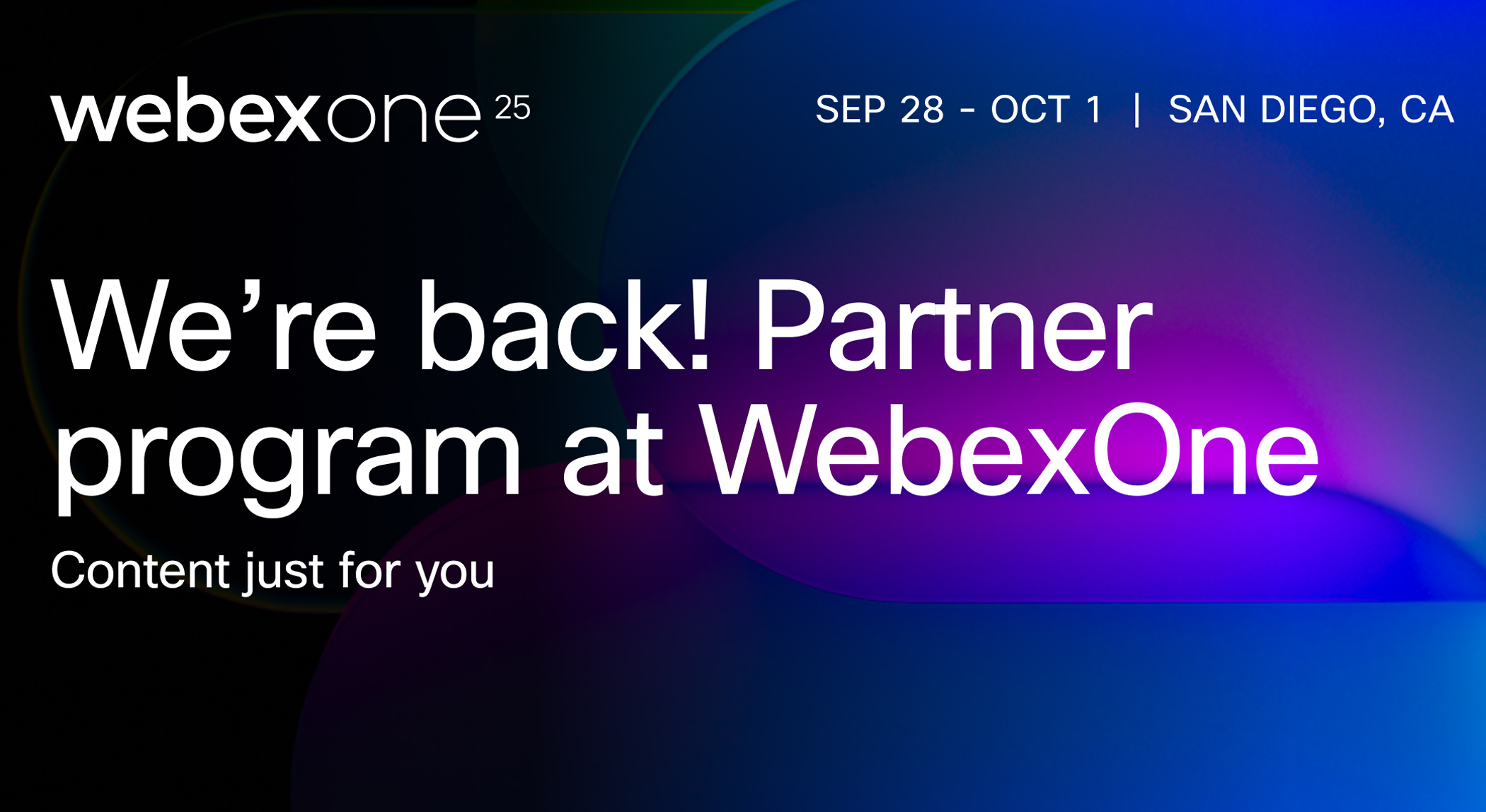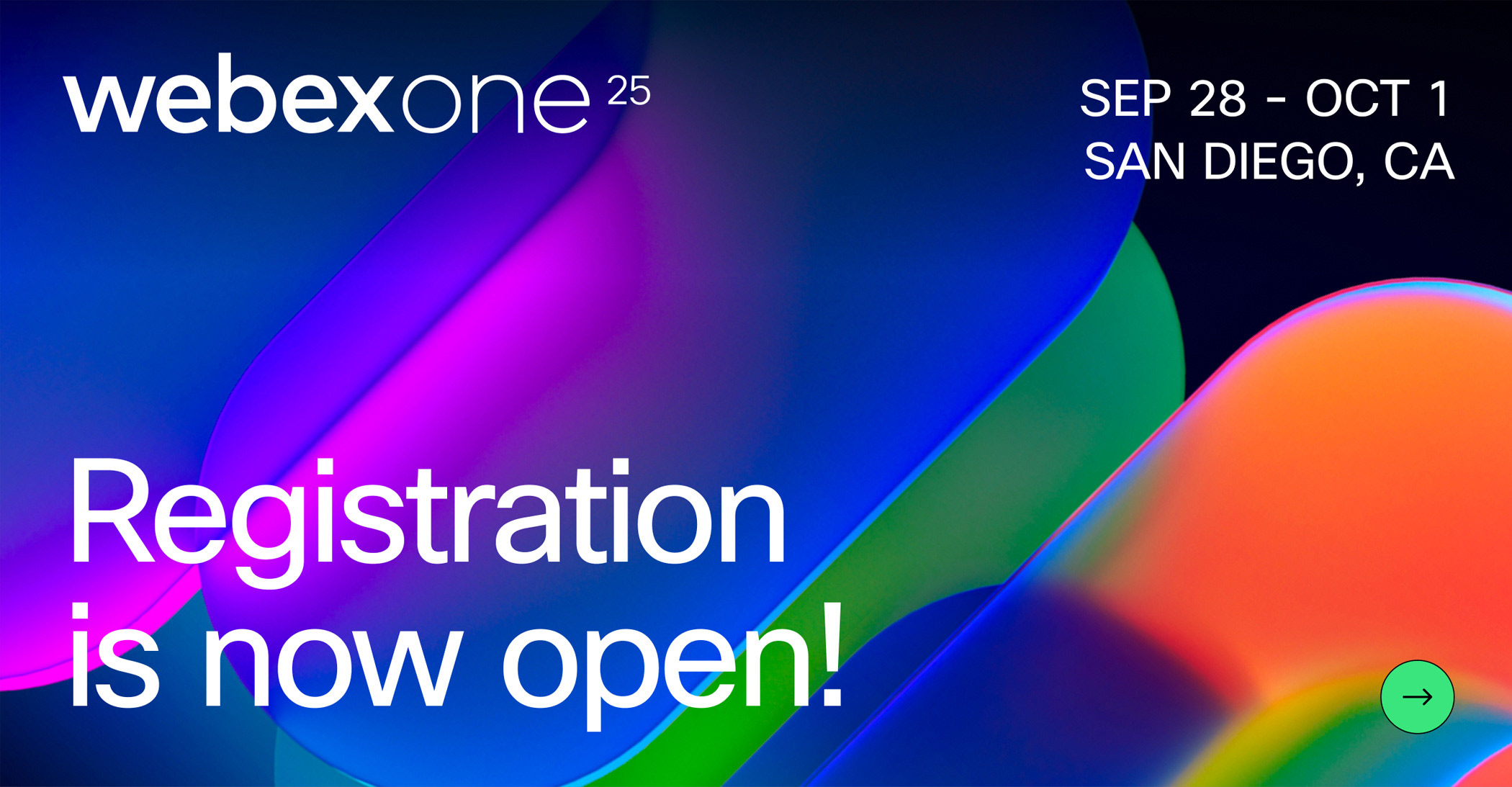Networking is a core part of our professional lives. Whether someone is searching for a new career or opportunity, or just looking for new industry connections, networking events help facilitate those journeys.
Networking events present a great opportunity to help others create solid connections, build professional relationships, and learn about industry trends.
Historically, networking happened in person. However, the digital transformation and global shift to a largely virtual environment present a terrific opportunity to create meaningful connections via virtual networking.
Read on for everything you need to know about virtual networking, including a rundown of what it is, how it compares to traditional networking, and what you need to host your own successful virtual networking event (hint: the right strategy, tools, and virtual event platform).
What is virtual networking?

Not to be confused with virtual networking in tech, which has to do with enabling communication between multiple computers via virtual servers and other devices, the kind of virtual networking we’re talking about here refers to professional relationship building.
Unlike its in-person counterpart, virtual networking happens exclusively online in a non-event, asynchronous format. For example, the platform LinkedIn is a virtual space dedicated to professional networking. Users can showcase their professional accomplishments, make connections, learn, find work, or offer work.
Now, take everything that LinkedIn does and funnel it into a synchronous, virtual event format where attendees can network in real-time without ever leaving their home office. That’s virtual networking at its best, most fun, and most beneficial.
To network virtually simply means to discover, meet, communicate, and build relationships with other professionals in a virtual environment.
Virtual vs. traditional networking
You may be asking: Are there any specific advantages or reasons for choosing a virtual networking event over a more traditional, in-person one? Or, what specifically does a virtual networking event entail? The answers are yes, and a lot of good stuff.
Virtual networking events offer some valuable benefits, as do in-person functions with the same intent. Let’s uncover some of those now.
Benefits of virtual networking events from an event planner perspective
For an event planner or organizer, virtual networking events provide the following benefits:
- More cost-effective
- Not capped with venue capacity limits or restrictions
- Reduced risk—operationally, financially, and in public health
- Easier data collection capabilities, resulting in better lead generation
- More eco-friendly
- Greater reach
Benefits of virtual networking events from an attendee perspective
For attendees, virtual networking events offer:
- Increased accessibility
- No need to travel or put up money for a hotel
- Exceptional engagement and content opportunities to browse at leisure
- More immediate connection opportunities, since it’s already online
How to host a virtual networking event

A few steps are required to plan a successful virtual event.
The good news is the right platform and tools streamline the event planning process. Follow these steps for your next virtual networking event.
1. Outline your goals
Ahead of any function, outlining a set of goals is a good first step. But what do strong goals look like for a virtual networking event? Because this type of virtual gathering is intended to bring people together to form connections, goals from an event planner’s perspective may be unclear.
Above all, the goal of a virtual networking event should be to facilitate an exciting, engaging, and worthwhile experience for attendees. But for your business, you may be looking to:
- Generate leads
- Find qualified candidates for an open position
- Improve brand awareness
Once you have a clear idea of what you want this event to accomplish, it’ll be easier to design an experience that helps you achieve it.
2. Think about logistics
Logistically speaking, there’s a lot to prepare before opening the attendee floodgates on your virtual networking event.
How, when, and where are event activities happening? A lot of this will be communicated to attendees in your event agenda. But before putting that together, you have to know for yourself how you wish for the event experience to unfold.
Consider these questions while you gear up for action:
- How will attendees interact with each other?
- What activities will the event offer to facilitate connections?
- How will registration and ticketing work?
- After the event is over, what’s your follow-up strategy?
These questions just scratch the logistical surface, but they provide a great starting point that can help shape the nature of your virtual networking event.
3. Draft an agenda
Networking events aren’t meant to be “every person for themselves.” An event agenda keeps things organized. Not only should it highlight when the event is starting, when allotted break times are, and when it’s time to close shop, but it should also highlight planned activities designed to engage attendees and facilitate the promised networking opportunity.
Not sure what to include in between those break times? Keep reading for some inspiration on virtual networking event activities that are sure to delight you and your attendees.
4. Choose your platform and tools
Engaging virtual events use platforms and tools to help bring everything together under one roof. Virtual networking activities specifically require special features and functionalities that help facilitate attendee engagement.
Webex Events offers a virtual event platform packed with all the tools needed to create, host, and manage a successful virtual networking event. Live polling engages attendees, while community features and follow-up tools help them connect during and after the event. Learn more by watching the video below.
5. Invite your guests
Before inviting your guests, make sure you’re set up with an event website and registration/ticketing tools to make the invite process as smooth as possible and start tracking valuable data right away.
When that’s all good to go, put out information on social media to raise awareness about the event, include it in your next newsletter, or send our formal invites if you’re hosting something exclusive.
Inspiration for virtual networking activities
Need some ideas on how to kick things off at your virtual networking event? Here are a few creative ways to break the ice and get guests acquainted with one another.
Icebreaker session
Love them or hate them, icebreakers get the ball rolling at virtual networking events. Not everyone is comfortable meeting new people, and some just take a bit longer to get comfortable than others. A virtual icebreaker session can crack that initial layer of hesitancy.
Here are a few ideas for fun icebreaker sessions to help attendees get acquainted:
- Two truths and a lie
- Fun live polling questions
- Digital graffiti wall
Storytelling
Everyone has a unique lived experience or funny story. For this virtual networking event activity, host a virtual fireside-style story time (maybe you even stream a digital bonfire in the breakout room to set the mood, too).
Networking events are business-forward, so allowing attendees to break that fourth wall and get a little more personal allows them to show their humanity and can help bring a sense of relaxation and comfort to the event.
Here are a few story topics to pitch for anyone willing to share:
- Nickname story: Participants can share their nicknames and the story about how they came to be.
- Career track story: Invite attendees to share their stories about their career journey thus far.
- One word at a time story: This one invites a little improv and fun. Task attendees to create a fictional story together, but each person can only add one word at a time. Set a word cap, go around the room a certain number of times, or let it keep rolling until it naturally comes to a conclusion.
Breakout room for introverts

An estimated 20% to 40% of the population identify as introverted, meaning there’s bound to be a healthy amount of them at any given networking event.
Initiating a conversation and building connections doesn’t come naturally to everyone, and attendees with introverted personalities may feel left out. When it comes time to attend your networking event to seek out and build professional connections, create a comfortable space for introverts.
Implementing introvert-specific breakout rooms can help ease some of the nerves that come with networking events. When attendees join a session knowing there’s a room full of people with the same tenseness or stress as them, it takes some of that edge off.
Here are a few tips for introvert breakout rooms to keep them lighthearted and welcoming:
- Keep room sizes small: If there’s a lot of interest in these spaces, make sure that each one does not become too large that it dismisses the point of these rooms. Consider capping it at five to 10 attendees per room.
- Don’t make participation mandatory: While it’s nice when everyone has a chance to participate, putting people on the spot may actually make them less likely to take part in the conversation. Start slow, create a welcoming space, and open the floor for people to join and exit the conversation as they wish.
- Avoid activities like the icebreakers we mentioned earlier: In line with not making participation mandatory, avoid activities that require everyone to speak up. Try more lax activities, such as a virtual water cooler, where conversation naturally ebbs and flows.
What to look for in a virtual event management platform

To host virtual networking events, look for an all-in-one solution for everything needed to provide a successful networking opportunity, under one virtual roof. Webex Events makes virtual networking a breeze with features like live polling, live chat, and live streaming.
Plus, our event networking app encapsulates everything your attendees need to stay connected—in one pocket-sized place. The best part is Webex offers a flexible, scalable self-service platform that supports events of all formats and sizes.
It’s never been easier to facilitate real-time connection with attendees, no matter where they are.





